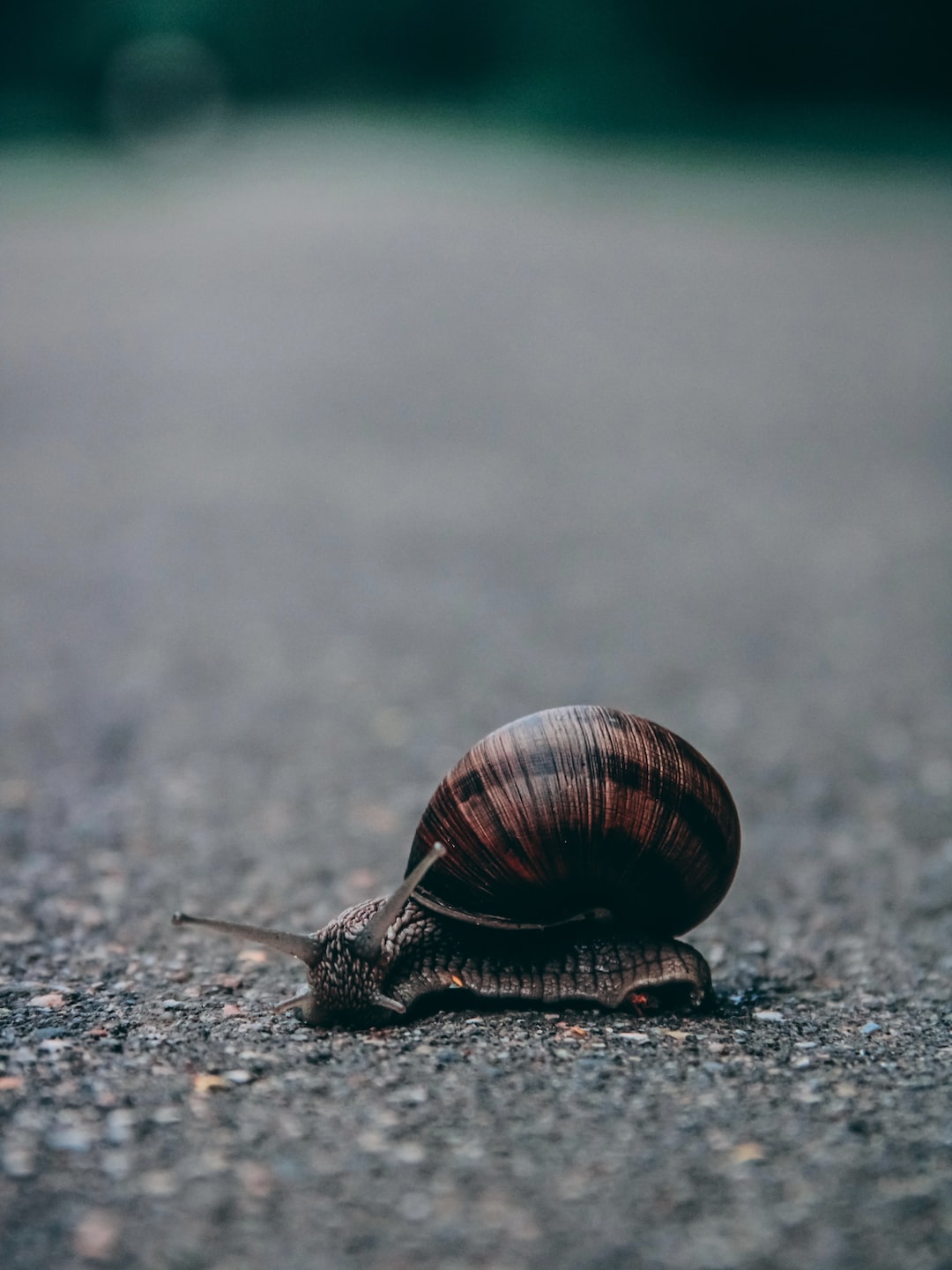Mythical Creatures Inspired by Real Animals: Legends from Around the World
Mythical creatures have always captured our imagination. These fantastical beings, often depicted in ancient myths and folklore, exist at the intersection of reality and imagination. While many of these creatures are purely products of human creativity, there are a number of legendary beings that draw inspiration from real animals.
One such creature is the griffin. In ancient Greek mythology, the griffin was a magnificent beast with the body of a lion and the head and wings of an eagle. The griffin was said to be extremely protective of its treasure, and its watchful nature made it an ideal guardian for temples and sacred places. Interestingly, the griffin can be traced back to real animals as well. The ancient Greeks, being skilled observers of nature, may have encountered fossil remains of Protoceratops, a dinosaur that inhabited the Gobi Desert. The Protoceratops had a beak-like structure and a bony crest on its head, which could have been misinterpreted as an eagle’s head and lion’s body by those who discovered its remains.
Another example is the chimera, a creature with the head of a lion, the body of a goat, and the tail of a serpent. In Greek mythology, the chimera was a fire-breathing monster that terrorized the land. While there is no evidence to support the existence of such a creature, the inspiration for the chimera can be found in the real-world phenomenon of chimerism. Chimerism occurs when an organism is composed of cells from different individuals, resulting in unique genetic characteristics. In animals, chimerism can manifest as physical features from multiple species. This natural occurrence likely inspired the creation of the chimera in ancient mythology.
Moving across the globe to Asia, we encounter the Kirin, a creature from Chinese mythology. The Kirin is often portrayed as a gentle, benevolent creature with the body of a deer, the scales of a fish, and the hooves of a horse. In real life, the Kirin has its roots in various animals found in East Asia, such as the giraffe and the deer. Ancient Chinese explorers, interacting with these unfamiliar animals, may have created the concept of the Kirin by combining various physical attributes to form a beautiful and mythical creature.
In Native American folklore, the Thunderbird features prominently in many tribes’ stories. The Thunderbird is often described as a giant bird with the ability to produce thunder and lightning with the flapping of its wings. The inspiration for this awe-inspiring creature likely comes from the mythological interpretation of the golden eagle found in North America. The golden eagle, with its massive size and powerful presence, could easily be mistaken for a creature capable of controlling the elements.
These examples provide fascinating insights into the creative processes of ancient civilizations and their interpretation of the world around them. By drawing inspiration from real animals, they ingeniously crafted mythical creatures that have endured through generations.
The timeless allure of mythical creatures continues to captivate our imaginations to this day. As we learn more about the natural world and delve into the mysteries of the universe, it is essential to remember the mythical beings that were shaped by our ancestors’ observations and beliefs. Whether they were inspired by misunderstood fossils, natural phenomena, or encounters with unfamiliar animals, mythical creatures bridge the gap between the known and the unknown, inviting us to explore the realms of our imagination while honoring the wonders of the natural world.
